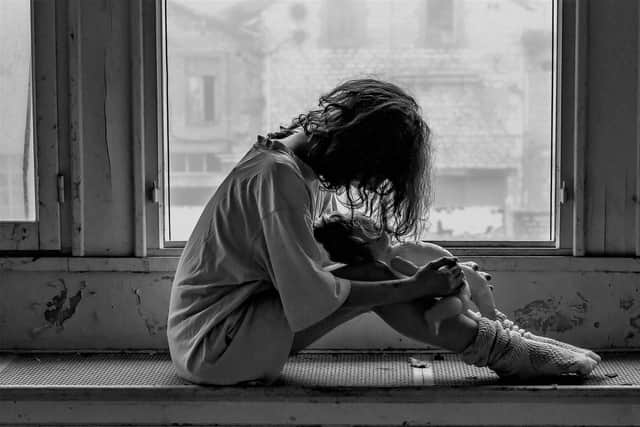New ’grim’ figures reveal almost quarter of Fife children in relative poverty
and live on Freeview channel 276
Save the Children UK said the latest data was grim and underlined that families are "still very much in the depths of a crisis” as inflation increases, and the costs of living crisis has a major impact on households.
Department for Work and Pensions figures show 14,796 children in Fife were living in relative poverty in the year ending April 2022.
Advertisement
Hide AdAdvertisement
Hide AdThat meant 23.2% of children in the Kingdom were in a family whose income was below 60% of average household income and claimed child benefit and at least one other household benefit.


Of these children, 11,773 were in absolute poverty as their family's income was lower than 60% of the median income established in 2010-2011 – accounting for (18.5%) of kids in the area.
Overall, it was up from 17.4% of children who were living in poverty in 2020-21 and up from 16.1% seen in 2014-15 when comparable records began.
To put those figures in context, in Scotland, Glasgow had the highest proportion of children aged under 16 in relative low income families (31.8%) and the highest proportion in absolute low income families (25.7%).
Advertisement
Hide AdAdvertisement
Hide AdBecca Lyon, head of child poverty at Save the Children, said kids growing up in poverty often grow up too fast as they are exposed to concerns about money and paying bills.
Ms Lyon added: "This can leave lasting scars. Families need a proper benefits system that protects them from hardship, and means children can grow up without having to know what the inside of a food bank looks like.”
A Government spokesperson said they are “committed to eradicating poverty and supporting those in need, and our actions have helped ensure there are nearly two million fewer people in absolute poverty than there were in 2009-10”.
They said the latest figures “reflect the country coming out of the pandemic and accompanying rising prices” and that record levels of support have been provided through cost-of-living payments, the Household Support Fund and the Energy Price Guarantee which “will continue to hold down people’s energy bills”.